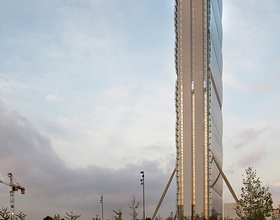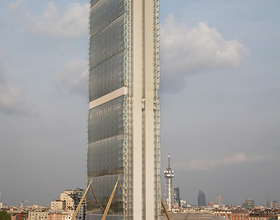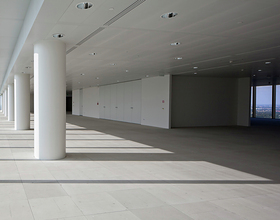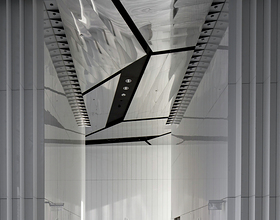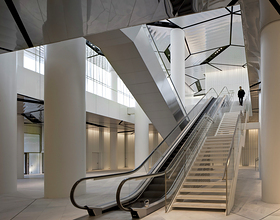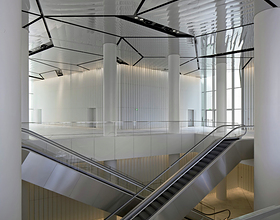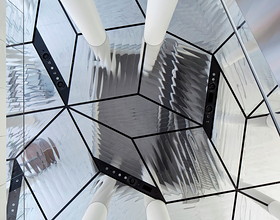ALLIANZ TOWER
-
Milan is the city that best represents the international face of Italy, comparable to London, Frankfurt, Paris. Unlike many historical Italian cities, Milan is more related to its development in the nineteenth and twentieth century, to be more precise after the industrial revolution.
In this sense, design in Milan is compared with the more contemporary face of Italy, made up of factories, subways, concrete and steel and not so much of particular historical presences.
It was not a particularly important relationship with the large existing masterpieces, but rather a reflection on the themes of the contemporary city.
To develop the project, the practice immediately thought it was not interesting to rely on a single architect for the design of the whole complex, but to start a dialogue. Due to the size of the area they decided to aspire to re-interpret the complexity of the city through many architects who brought the idea of buildings with different shapes and materials.
In any street in Milan there are buildings from different periods and with different architectural features. From this belongs the life of a city, in the dynamic tension between the works of later periods in an archipelago of images and colors. This was their ambition, choosing to work in a group.
In their archipelago forms, they found interesting to develop the idea of a skyscraper without a limit, a kind of endless tower.
In the aspiration of maximum verticality and tension towards the sky, it was a limit to choose a complete shape and concluded at a certain height and they preferred to apply the concept of a modular system that can be repeated in an infinite way with any limit.
The module they decided is composed by 6 office floors with a long thin plan of 24x61.5m. The choice of these proportions is finalised to make the whole volume thinner to emphasize the verticality and makes it structurally provocative, due to the slender shape so high.
The facade of the module is composed by a triple glass unit slightly curved to outside. The vertical succession of rounded forms create a feeling of slight vibration of the volume of the building as it rises upward. Elevations of the short sides are fully glazed and show the mechanical series of panoramic lifts going up and down to the various floors of the building.
Photo credits: Alessandra Chemollo
1870 Projects


